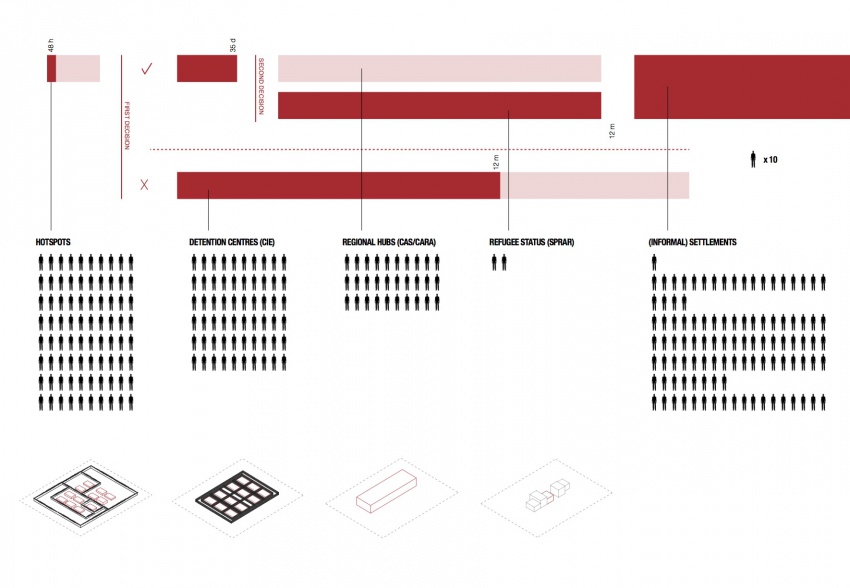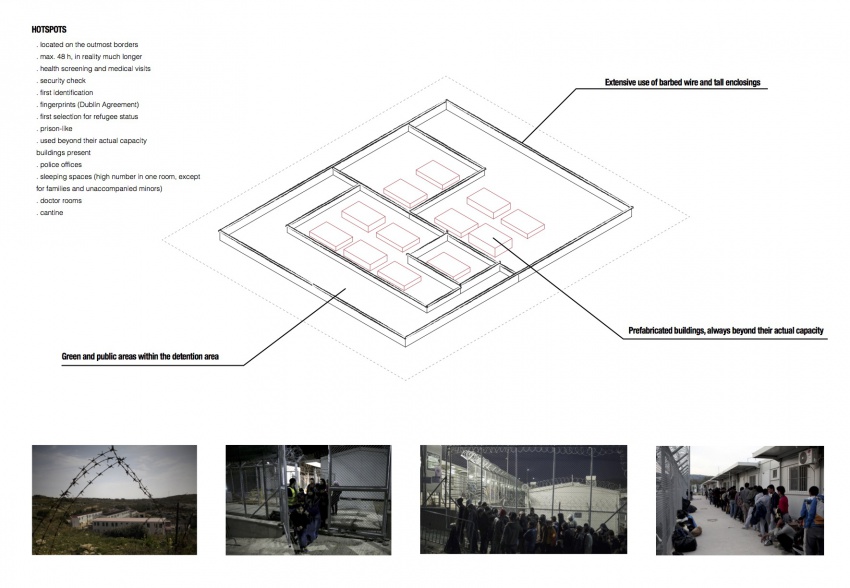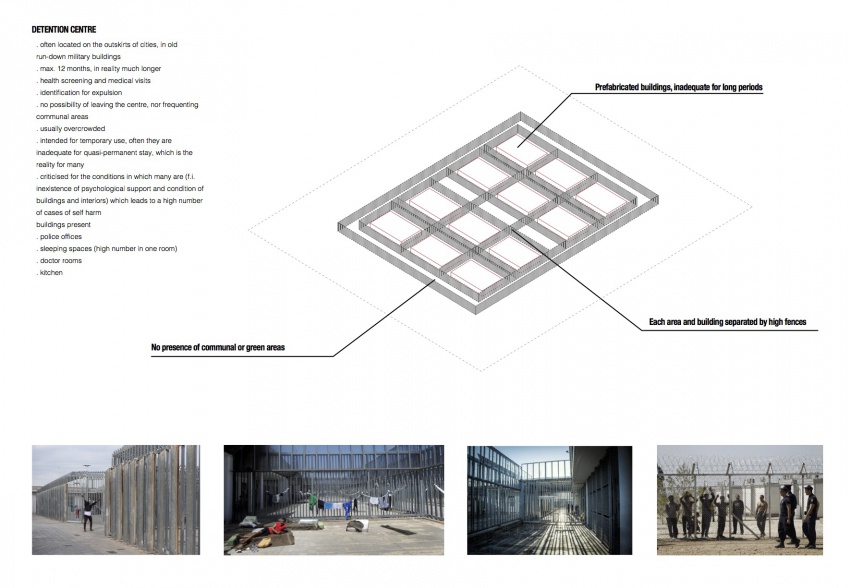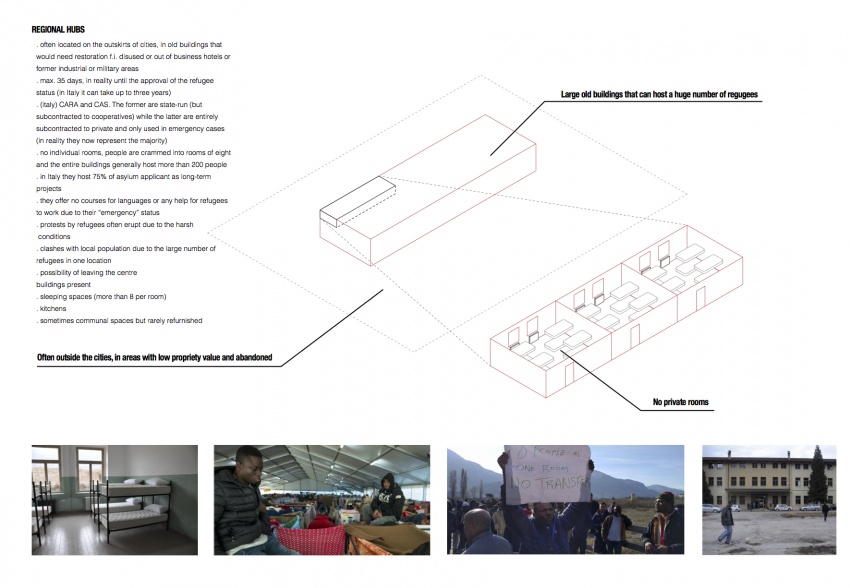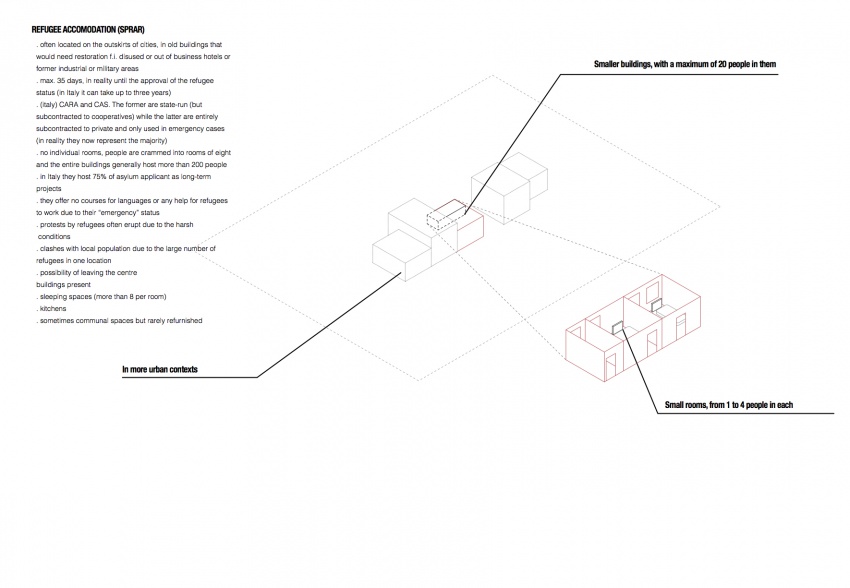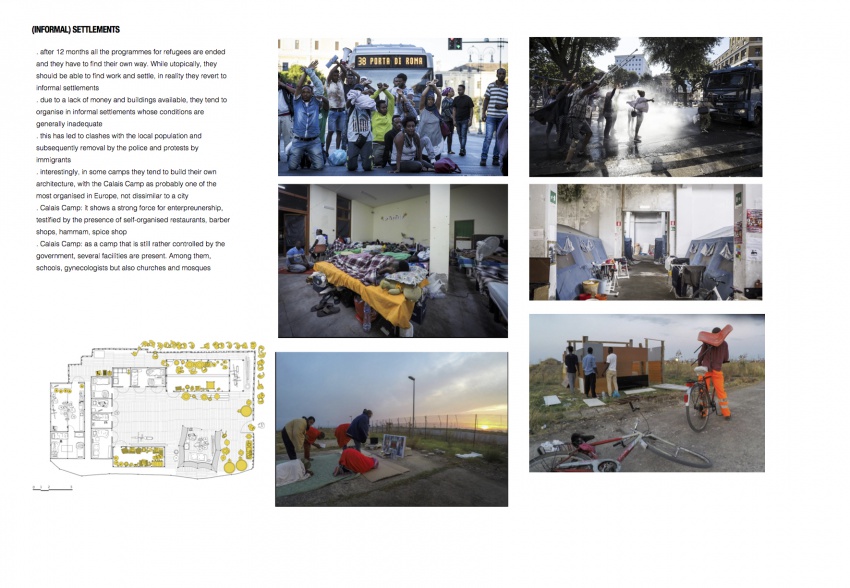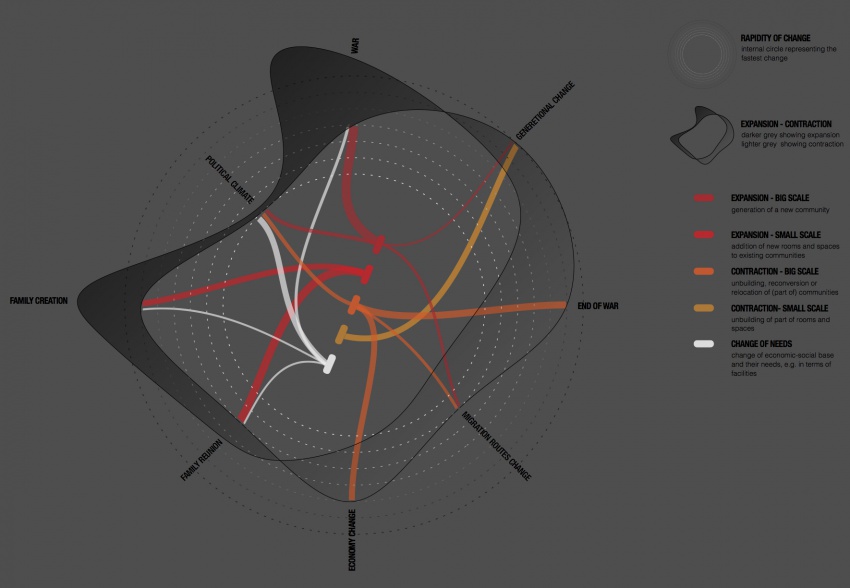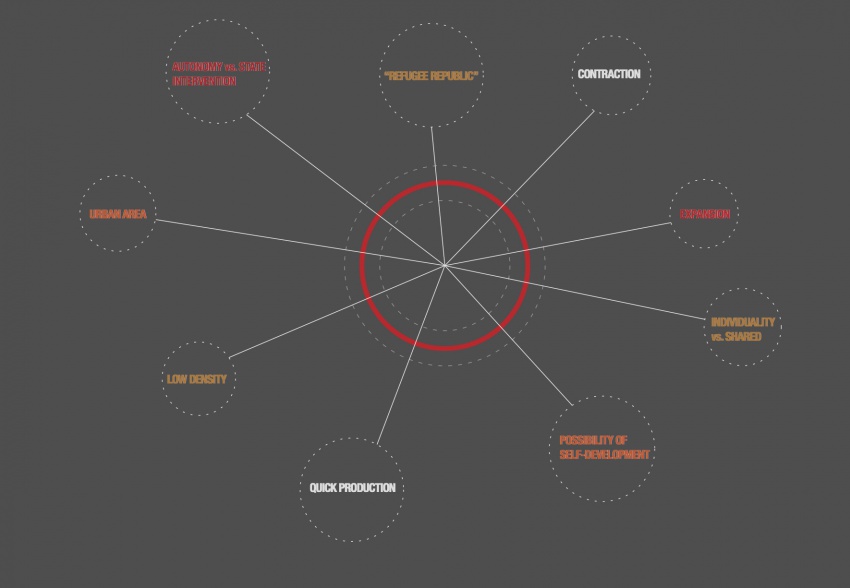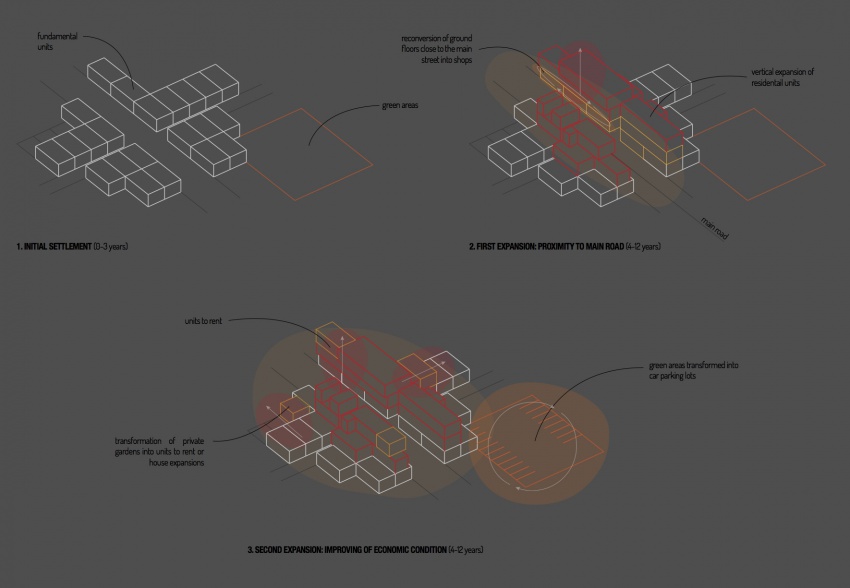Difference between revisions of "project02:Frontpage"
| Line 56: | Line 56: | ||
<iframe src="https://www.google.com/maps/d/embed?mid=1PmMcBrPw-ut7Q27yAndBW0hRmJw" width="640" height="480"></iframe> | <iframe src="https://www.google.com/maps/d/embed?mid=1PmMcBrPw-ut7Q27yAndBW0hRmJw" width="640" height="480"></iframe> | ||
</html> | </html> | ||
| + | |||
| + | == Incremental housing: development == | ||
| + | Incremental housing, recently popularised by Aravena, is a concept that had been implemented in South America since the 1980s. Recent studies have attempted at understanding the characteristics of this semi-spontaneous growth. For instance the proximity to major roads means that expansion will be the fastest because of the possibility of opening a shop or of catering for a specific activity. | ||
| + | Other positive aspects are the possibility of transforming and upgrading the houses when transitioning into middle class, rather than moving to a different neighbourhood. Some downsides are that future scenarios did not include enough parameters: f.i. the green areas have been transformed into parking lots when the increased wealth allowed the residents to buy cars. | ||
| + | |||
| + | [[File:EZweek1.81.jpg|850px]] | ||
Revision as of 10:32, 27 October 2017
Erik Zanetti
Timeline after arrival in Europe
Analysis of current refugee architecture
Expansion and contraction
General objectives
Areas of interest
Incremental housing: development
Incremental housing, recently popularised by Aravena, is a concept that had been implemented in South America since the 1980s. Recent studies have attempted at understanding the characteristics of this semi-spontaneous growth. For instance the proximity to major roads means that expansion will be the fastest because of the possibility of opening a shop or of catering for a specific activity. Other positive aspects are the possibility of transforming and upgrading the houses when transitioning into middle class, rather than moving to a different neighbourhood. Some downsides are that future scenarios did not include enough parameters: f.i. the green areas have been transformed into parking lots when the increased wealth allowed the residents to buy cars.
